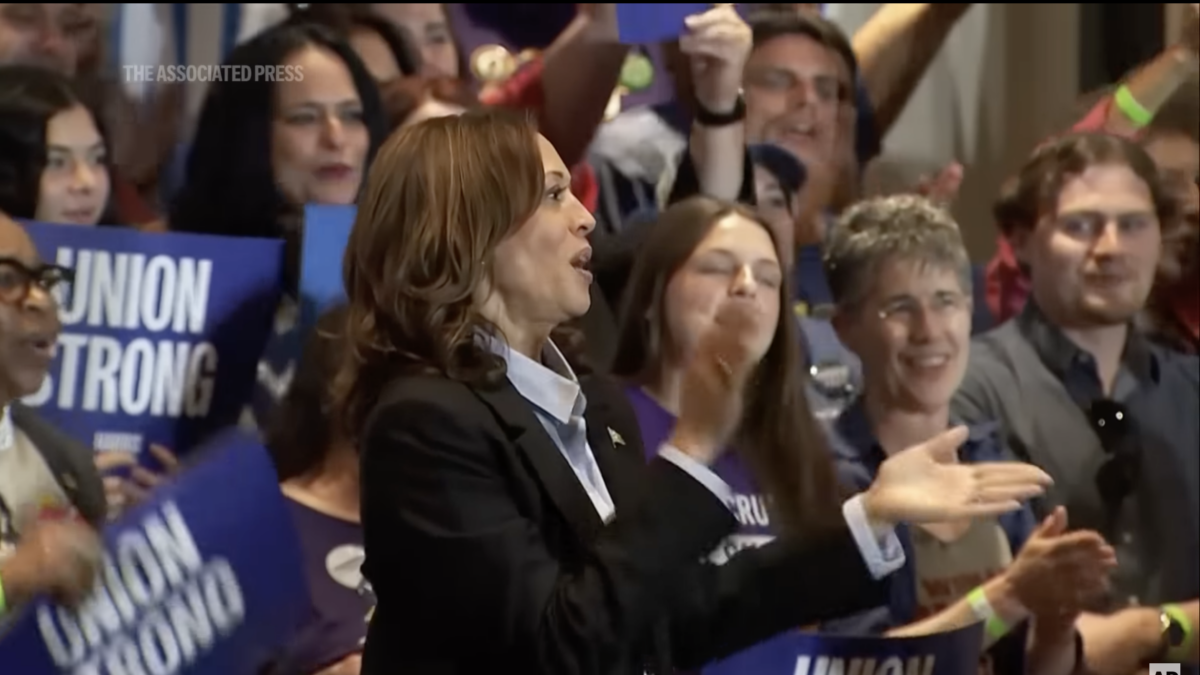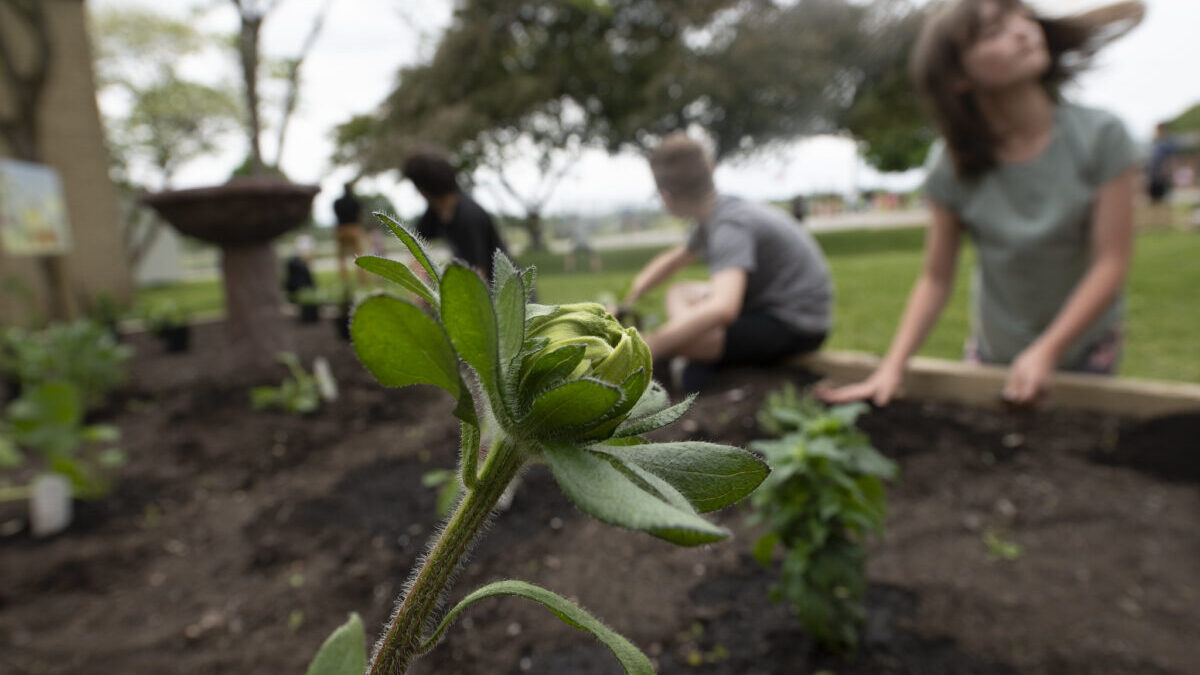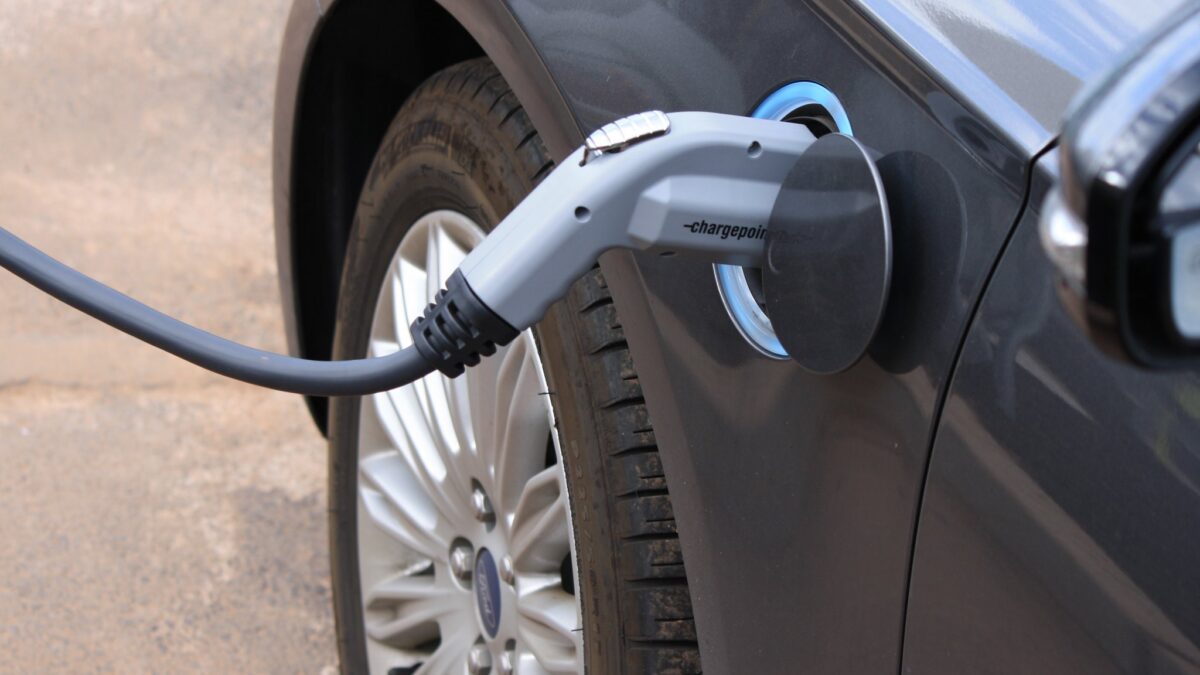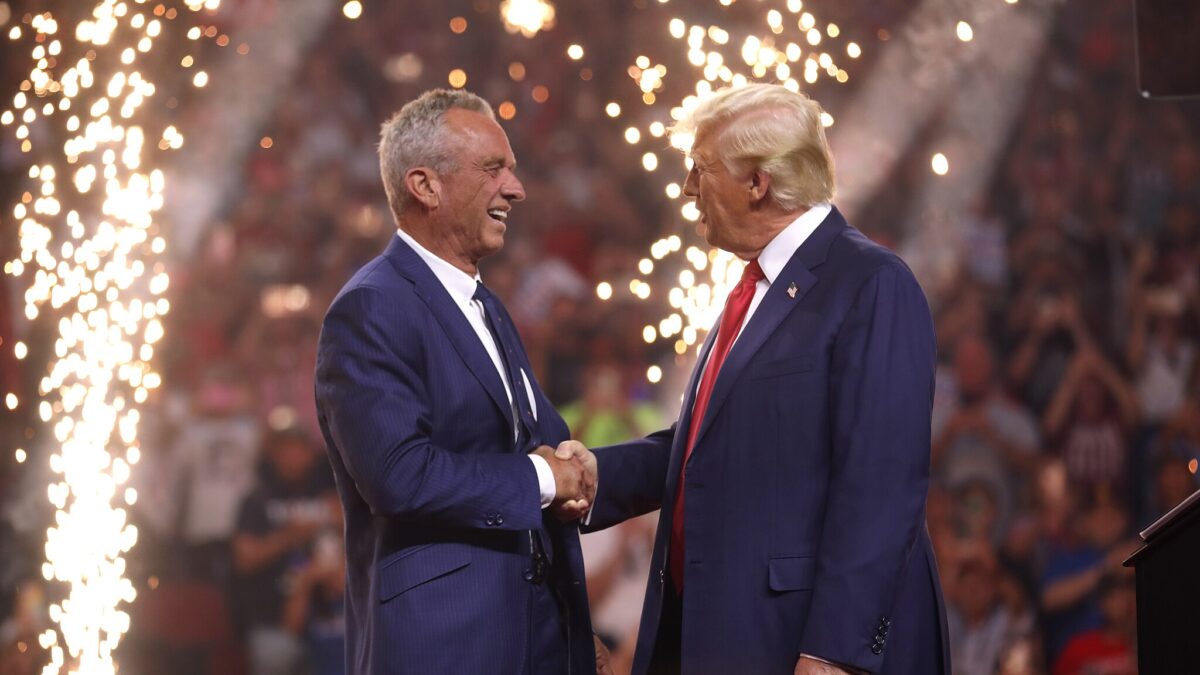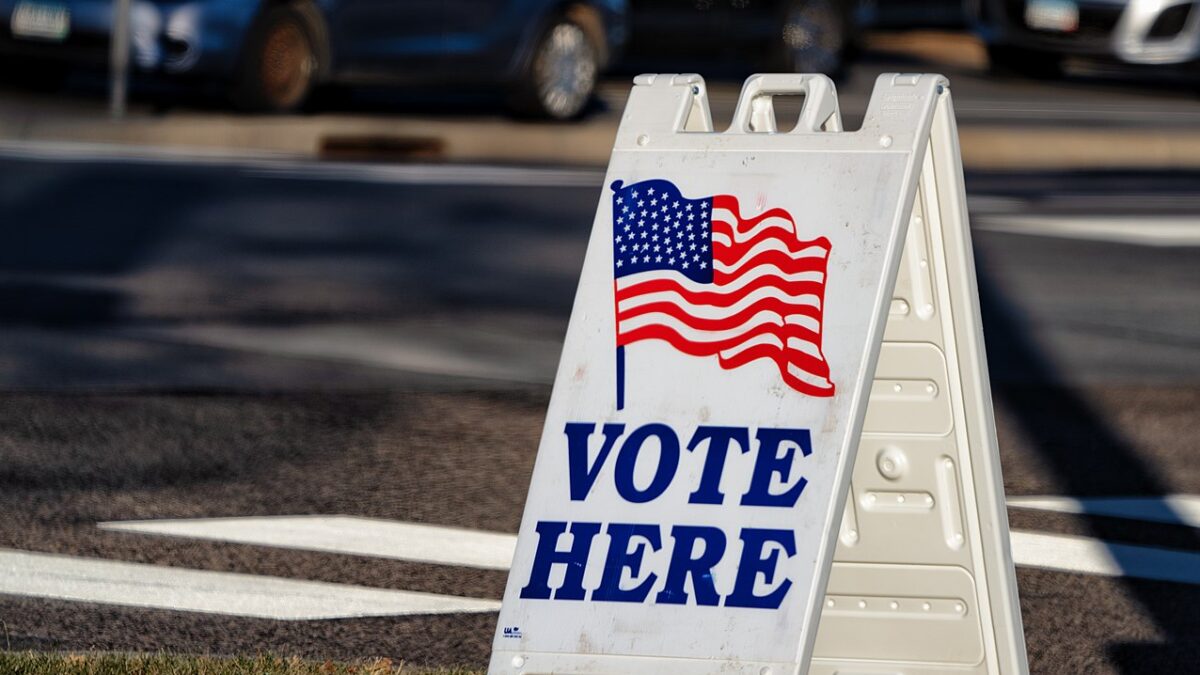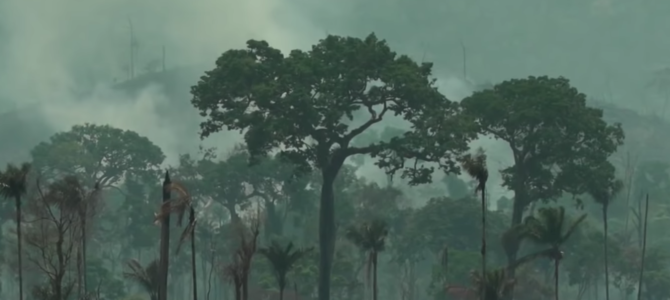
The past few weeks, we have all been exposed to a multitude of articles, newscasts, and social media posts about the Amazon fires. The story has been trending on Twitter as #AmazonFires, with world leaders and Hollywood stars tweeting about the unprecedented nature of the fires and how much damage they are doing.
Facebook is likewise filled with posts from friends and family upset about these fires. Amazon fires are the issue du jour, and the world’s media has turned its full attention toward South America.
So what is actually going on in the Amazon? Is 2019 unprecedented in terms of fires in the Amazon? Let’s take a look.
Understanding Fire Trends in the Amazon
On Aug. 24, NASA reported that we had moved to the worst year since 2010 for the forests in the state of Amazonas, Brazil. This is certainly true, but this is also where it becomes critical to understand what is being claimed. Knowing the region’s geography is a key part of that understanding.
The Amazon spans eight different countries, while Amazonas is merely one state in the country of Brazil. In that region, the fires really are quite bad. As of the Sept. 1 update, they are slightly worse than the fires of 2005, which was formerly the worst year on record. We have only been keeping records for 16 years, however.
Now, 28 percent of the Amazon is located within the state of Amazonas, so it’s reasonable to be concerned about these fires in that area. As of the Sept. 1 update on GlobalFireData.org, 2019 has seen about 25 percent more fires than 2016 in the Brazilian state of Amazonas.

 Meanwhile, in most of the Amazon, things are quite different. You have possibly heard comparisons of the fires this year versus the fires last year. It is true that this year we have about twice as many fires as last year. But merely comparing this year to 2018 alone is quite misleading.
Meanwhile, in most of the Amazon, things are quite different. You have possibly heard comparisons of the fires this year versus the fires last year. It is true that this year we have about twice as many fires as last year. But merely comparing this year to 2018 alone is quite misleading.
In terms of the entire 16 years of record we have, this year is only slightly above average. In fact, cumulative fires in the Amazon this year are in sixth place for the most fires over that period. Additionally, they are only slightly above 2006 and 2016, whereas last year was the fourth-lowest year for fires on record.
Fire season in the Amazon generally starts in June and goes through December, with August and September the worst months, on average. This means the Amazon typically has fires for seven months per year.
Some have tried to link the fires to climate change, but in most cases, people start fires intentionally in the Amazon to clear land for farming, and The New York Times reports that much of the already-converted farmland requires yet more burning to prepare it. Needless to say, some of the fires are actually burning forests, but subsistence farmers in the region even ignited most of those.
Looking at the Bigger Picture
Brazil contains 60 percent of the Amazon. Deforestation in Brazil have been steadily declining since the 1980s. In 2003 and 2004, Brazil lost about 10,000 square miles of Amazon forest. For most of the last decade, that number has been below 3,000 square miles per year.
The Amazon basin contains about 2.2 million square miles of forest spread out over 2.7 million square miles. This is equivalent to 16.5 areas the size of California filled with trees. The Amazon basin, which contains these forests, covers an area roughly equivalent to that of the lower 48 states.

By any metric, 10,000 square miles of forest is a terrible loss, but it only makes up about 0.5 percent of the entirety of the Amazon. Recent years have seen less than one-third of that. If the average loss of the last decade was merely maintained, it would take more than 600 years to entirely deforest the Amazon. This represents roughly a 70 percent decrease in annual deforestation since just 20 years ago.
In the bigger picture, the Amazon forest has been reduced by about 20 percent in the past 50 years due to deforestation, which is a cause for concern. Thankfully, the worst losses came early, and improvements have brought the average numbers down to about 2,000 to 3,000 square miles a year. While we need to keep monitoring the situation, 2019 appears to be an anomaly in terms of these recent, more positive trends in the Amazon.
Globally, there is even more reason to be encouraged. According to a study in Nature International Journal of Science published in 2018, scientists used satellite data going back to 1982 to study the net balance of earth’s forests. It turns out that in total we have added 865,000 square miles over the 35-year period ending in 2017.
Using our prior example, that’s the equivalent of California filled with trees five times over. Bear in mind, this study looked at the net gain. Therefore, it took into account all forest losses in the Amazon and any other regions around the world.
Media Misconceptions About Oxygen Production
Many media outlets the past few weeks have reported that the Amazon forest produces about 20 percent of the world’s oxygen. They have all but suggested the entire Amazon might burn up, taking away one-fifth of our oxygen supply with it. Thankfully, this is a gross distortion of the facts. National Geographic, The Atlantic, and Apple News all came out strongly against this claim.
Furthermore, the net amount of oxygen the Amazon produces is about zero. Yadvinder Malhi, professor of ecosystem science at the University of Oxford, explains it in some detail in his very helpful blog post on this topic. While large forests do release oxygen, they then use about 60 percent of the oxygen released through respiration. The remaining 40 percent is needed to aid in the breakdown by microbes of dead plants and leaves. Thus, “In all practical terms, the net contribution of the Amazon Ecosystem (not just the plants alone) to the world’s oxygen is effectively zero.”
None of this information means forests are unimportant. The Amazon is a giant carbon sink, and it stores incredible amounts of CO2 as biomass. The Amazon is also home to an incredibly rich array of flora, fauna, and animal species.
Additionally, a host of native peoples live in the Amazon, spreading out among 400 different tribes totaling 1 million people. In total, 30 million people call the Amazon basin “home.” One should want the Amazon to stay intact for many ecologically sensible reasons, but reporting false or misleading facts about the situation does not help the cause and ultimately undermines any long-term goals for protection.
Considering Poverty and Economic Opportunity
Finally, let’s consider the moral implications of the Amazon fires in terms of human lives. You are probably reading this on a smart phone, laptop, or a computer. Your life is likely filled with “necessities” enjoyed daily that would be unthinkable to the average resident of Amazonas.
Climate control, refrigeration, and an abundance of food are, in all likelihood, foregone conclusions for most of you reading this article. As we consider how to protect the Amazon, we might consider what this could mean in terms of restricting South America’s poor. Does the West have the right to make demands of the 30 million total residents of the Amazon forests?
In Brazil, the average monthly salary across the entire country is only $421, according to Numbeo. Amazonas is one of Brazil’s poorer states. According to the Brazilian Institute of Geography and Statistics, in 2016, more than half of Brazil’s states had an average monthly income of less than $330.
The farmers who are starting these fires are doing so due to real economic hardships. In light of the realities of poverty, it is inappropriate for Americans to see these actions as somehow villainous or evil. Until the economic situation improves for these millions of inhabitants in the Amazon, does it make moral sense for the world’s wealthiest countries to attempt to restrict noncitizens’ access to land where they have lived for generations?
The current and former presidents of Brazil are not wrong for wanting more economic opportunities for their people. In Amazonas, 98 percent of the land is covered in forests. It is reasonable to clear some of that, making way for other economic opportunities. If the United States has cleared an estimated 90 percent of its old growth forests since 1600, do we believe other nations do not have the right to make similar decisions, while hopefully learning from our failures?
As we seek to find good answers to these questions, we can all rest in the knowledge that each year, while some of the Amazon burns, we are simultaneously adding new forest growth at a rate of over 24,000 square miles per year. The Amazon is one of creation’s most beautiful and expansive works of art, and protecting it is quite important, but let’s remember the 30 million people who live there, as their claim to it supersedes our own.


